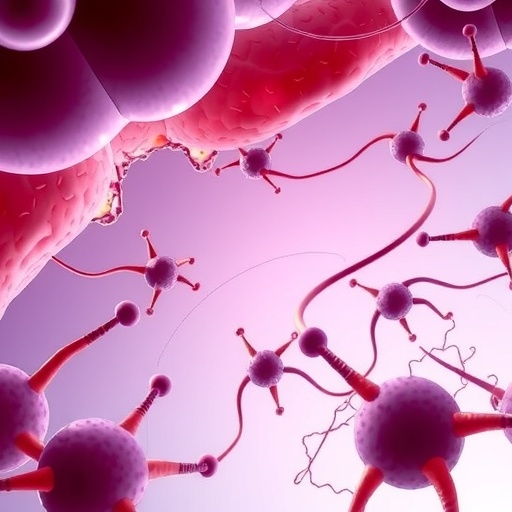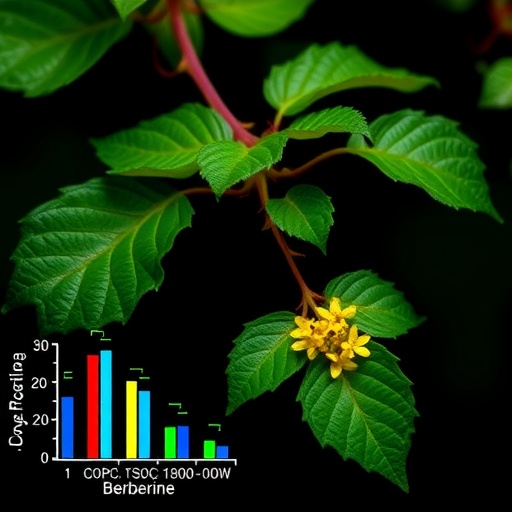
Credit: Gorodenkoff
A better framework for the reanalysis of genetic data, a game-changing process which could improve diagnostic rates by up to 32 per cent, was needed, a new study has found.
The research, led by the Murdoch Children’s Research (MCRI) and the University of Melbourne and published in Familial Cancer, found considerable variation in the ways that reanalysis of patient data was initiated, which raised concerns about the responsibilities of laboratories and clinicians, as well as patients’ abilities to advocate for themselves.
The reanalysis process sees laboratories re-run previously analysed genomic data to check for new genes associated with particular conditions and also new variants in genes previously reported.
Lead researcher MCRI’s Dr Danya Vears said previous studies have shown that despite the high diagnostic yield associated with genomic sequencing (up to 68 per cent depending on the genetic condition), a sizable proportion of patients still do not receive a genetic diagnosis at the time of the initial analysis.
Dr Vears said reanalysis of genomic sequencing data could potentially change treatment or management, particularly in rare disease and inherited cancer cases. Yet, there is currently no onus on laboratories to reanalyse data.
“Studies show that systematic data reanalysis leads to considerable increases in genetic diagnosis rates between 4 and 32 per cent. Yet it is time intensive and is not currently feasible for most laboratories to implement,” she said.
“Few policies address whether laboratories have a duty to reanalyse and it is unclear until now how this has impacted clinical practice.”
The study interviewed 31 genetic health professionals (genetic counsellors and clinical geneticists) across Europe, Australia and Canada about their experiences with data reanalysis and reinterpretation practices after requesting genomic sequencing for their patients. It identified that a combination of patient-, clinician-, and laboratory-initiated reanalysis practice models, were used to trigger reanalysis of patient data.
Dr Vears said the most common was a patient-initiated model, where clinicians instruct patients to return to the genetic service for reassessment after a period of time or if new information came to light.
“Some of our participants felt that this system was working quite well and that patients were returning,” she said.
“Yet others raised questions around patients’ abilities to proactively request this service. This could be due to their lack of understanding of what a negative result might mean or because it places additional pressure on patients or families to remember to return when they are already dealing with a complex medical situation.”
Genetic health professionals felt a laboratory-initiated model would be ideal, but many acknowledged the technology to make this a reality was not yet available. None of the participants indicated that reanalysis within their service relied solely on the clinician to initiate the process.
Dr Vears said, in many cases, the initiation of reanalysis did not have a clear pathway and could occur through multiple channels, which could lead to confusion.
“Regardless of the model that a genetic service adopts, roles and responsibilities need to be clearly outlined so patients do not miss the opportunity to receive ongoing information about their genetic diagnosis,” she said.
Dr Vears said translating the power of genomic sequencing from the research context into clinical care was currently one of the major goals of researchers and health-care providers, particularly in areas such as rare disease and inherited cancers.
###
Researchers from KU Leuven in Belgium, Leuven Institute for Human Genetics and Society in Belgium and McGill University in Canada also contributed to the findings.
Publication: Danya F Vears, Karine Sénécal and Pascal Borry. ‘Genetic health professionals’ experiences with initiating reanalysis of genomic sequence data,’ Familial Cancer. DOI: 10.1007/s10689-020-00172-7
Available for interview:
Dr Danya Vears
Media Contact
Bridie Byrne
[email protected]
Original Source
https:/
Related Journal Article
http://dx.





